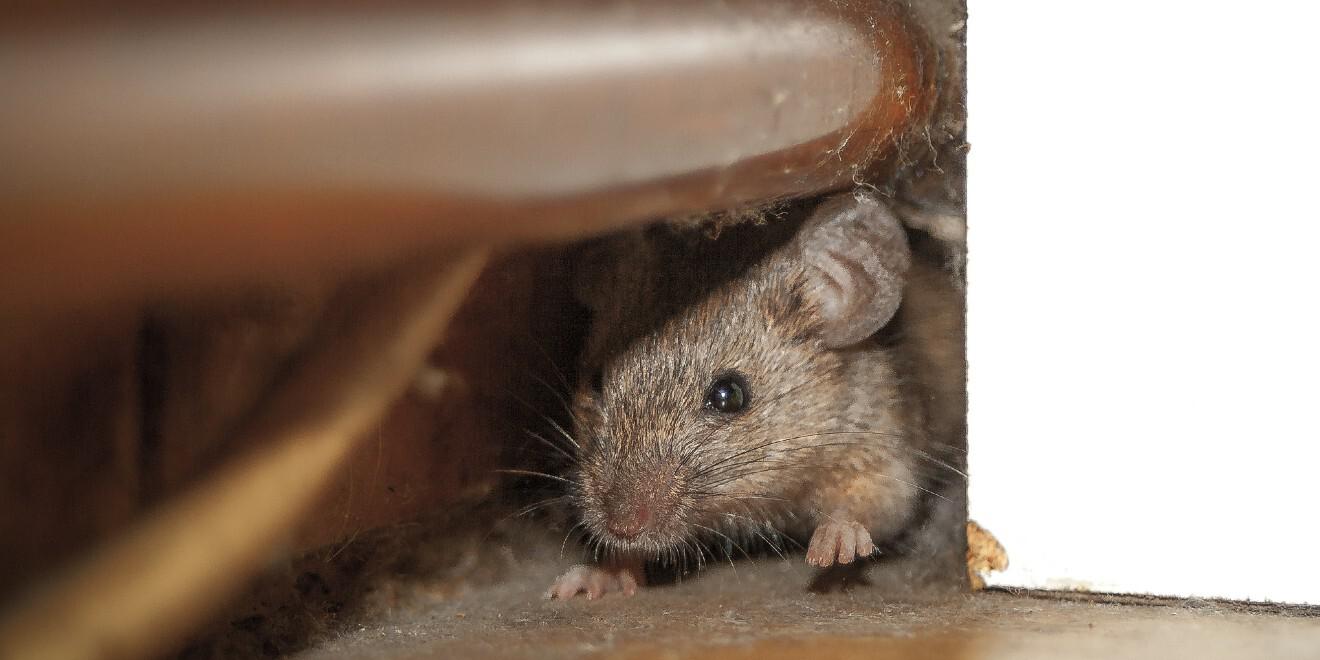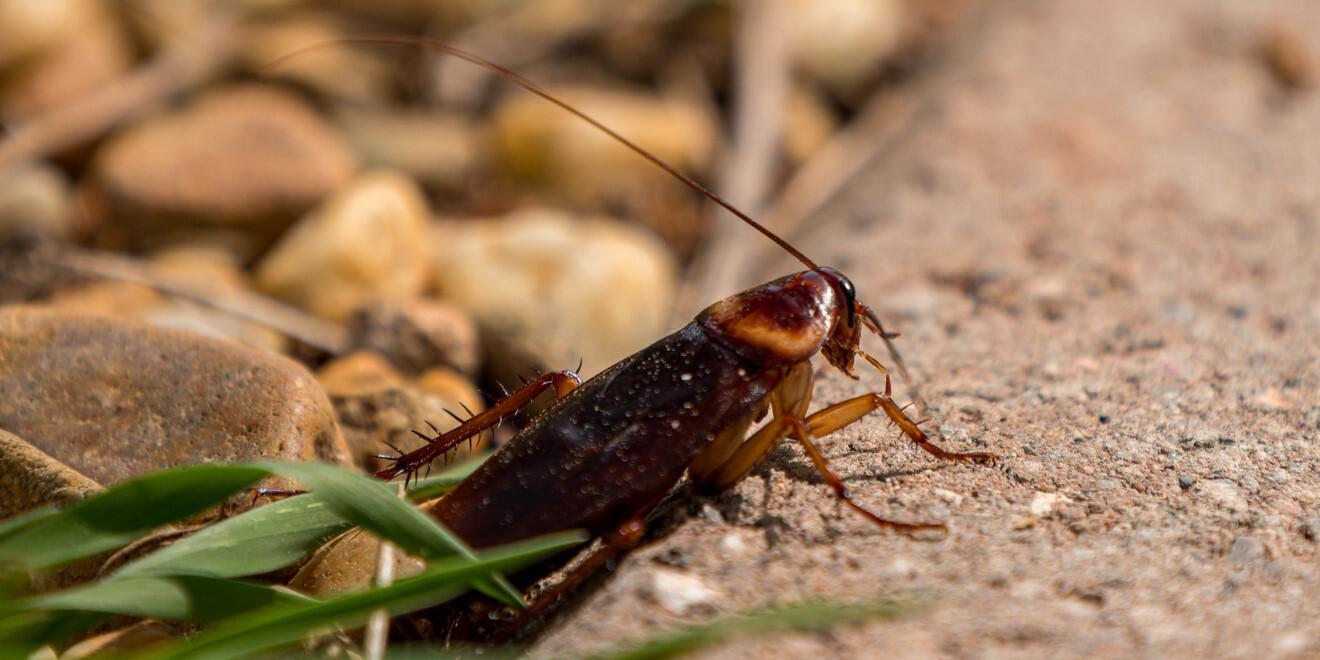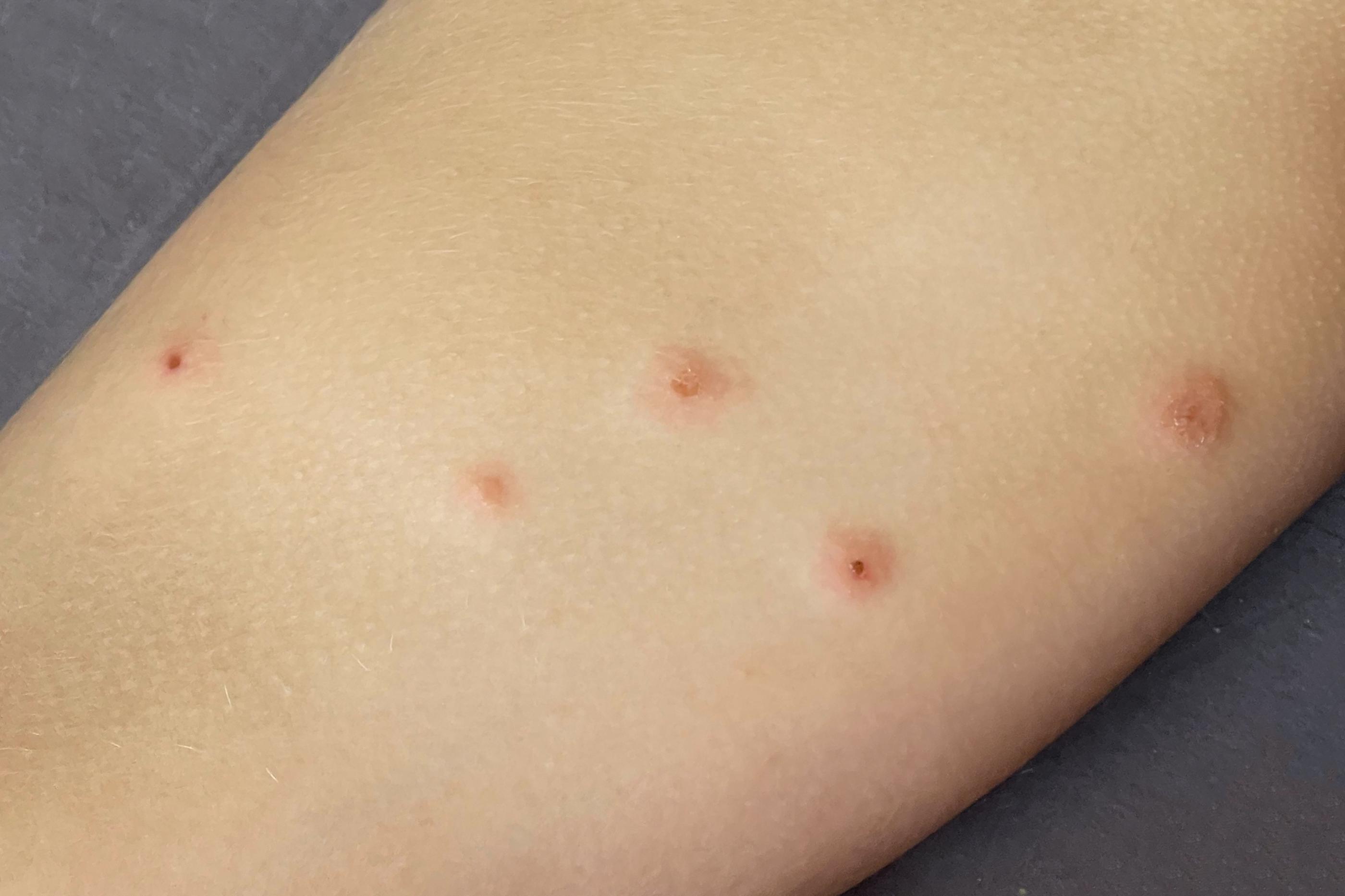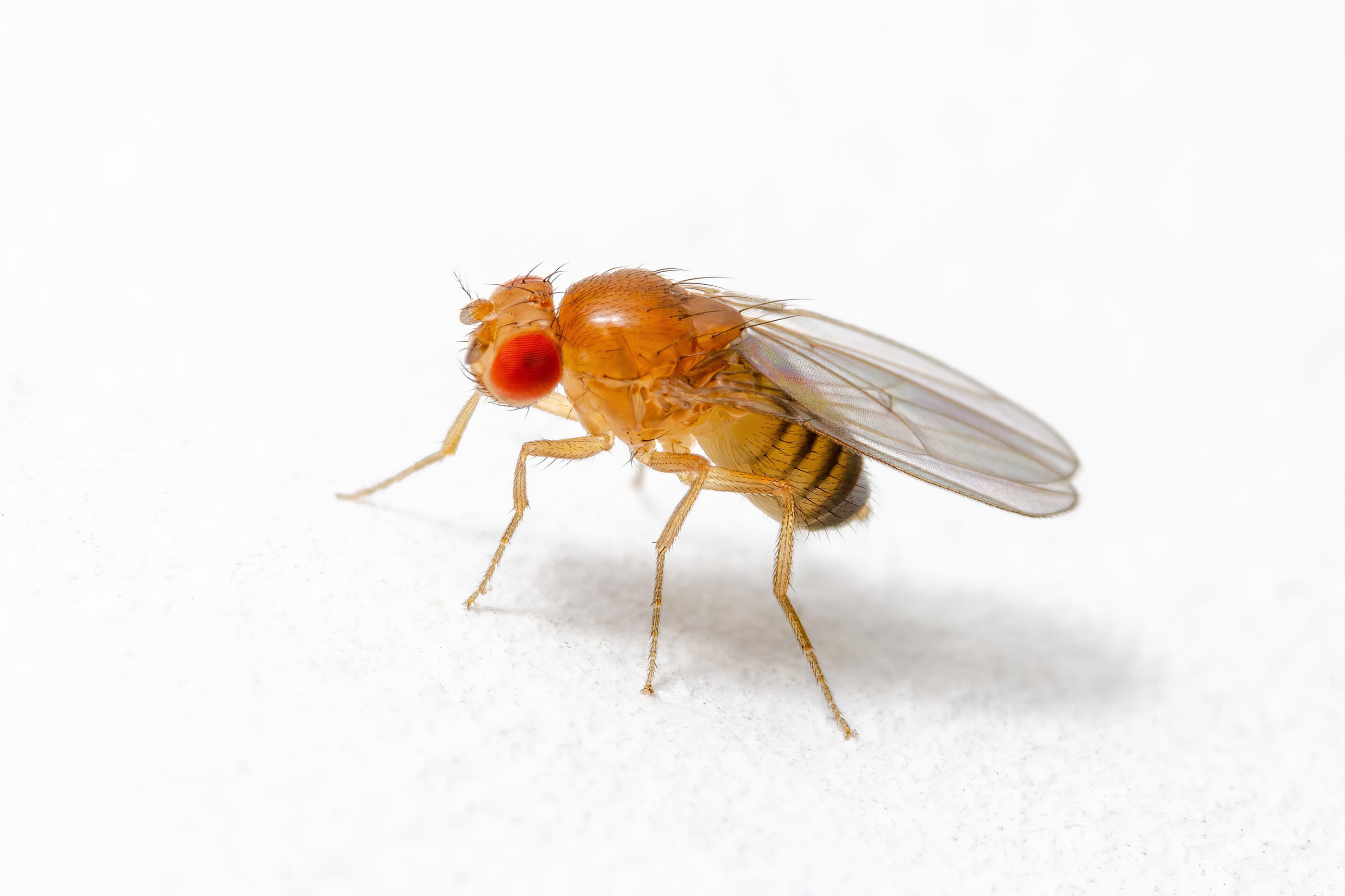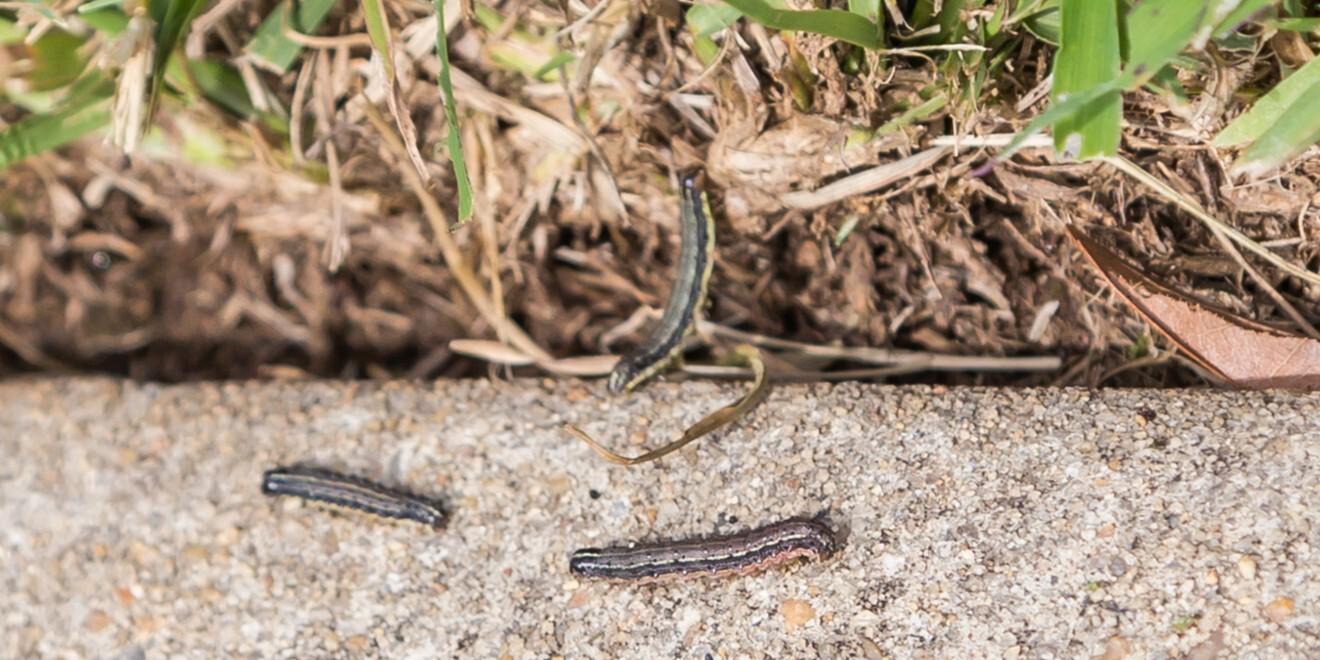Do You Know The Importance Yale-New Haven Hospital Has Played in Lyme Disease in CT?
Posted by Mosquito Squad
June 1, 2014
Most Connecticut residents know that Lyme Disease was first identified in Lyme, CT. However, the history and study of Lyme Disease in CT runs much deeper than many realize. Did you know that Yale-New Haven Hospital played a key role in its discovery?
Recently the National Institute of Health (NIH) published a paper by Shana Elbaum-Garfinkle titled, Close to Home: A History of Yale and Lyme Disease. The paper describes the methodical and detailed work of Allan C. Steere, MD, and Stephen E. Malawista, MD. Together they and others from the Rheumatology section of the Yale School of Medicine performed the hard work involved in the first epidemiological study of the disease. After 50 years of research at the Yale School of Medicine, Dr. Malawista passed away in the fall of 2013. Dr. Allan Steere remains actively involved in Lyme Disease research.
Dr. Steere and Dr. Malawista first identified the “bulls-eye” rash of patients being studied in Europe with the rash they were seeing here. With that finding, they considered a link between the arthritic symptoms and rash they were seeing in their CT patients. Further work showed a correlation of the disease with the different size of the tick populations on the east and west sides of the Connecticut River. In the paper, Shana Elbaum-Garfinkle states, “They found that the incidence of Lyme arthritis was 30 times greater on the east side of the river, where Lyme is located, than it was on the west side, similar to the difference in deer and deer tick distribution in the area.”
In 1984, the Yale School of Medicine brought together Lyme disease researchers from all over the world at the First International Conference on Lyme Disease in New Haven, CT. Today, of course, Yale-New Haven Hospital is the primary teaching hospital of the Yale School of Medicine. The hospital includes a Rheumatology Department, which among other disorders of the joints, muscles and ligaments, continues to diagnose and treat Lyme Disease.
It was our good fortune as residents of Connecticut to have an outstanding medical school with researchers all in one place. Diseases can occur in remote regions as well as populated ones. When found in remote regions the amount of time involved in epidemiological studies of new diseases can take decades.
We can’t consider it fortunate to have Lyme Disease in our state. However, having dedicated researchers, a premier medical school and committed physicians studying this disease has greatly advanced the knowledge and needed research for Lyme Disease in CT. Only 9 years were needed before this disease was first discovered until the first world-wide conference on Lyme Disease was called in New Haven. We know so much more about this disease since those early days. The majority of Lyme Disease cases are now diagnosed and treated quickly because of the research done in Connecticut.









